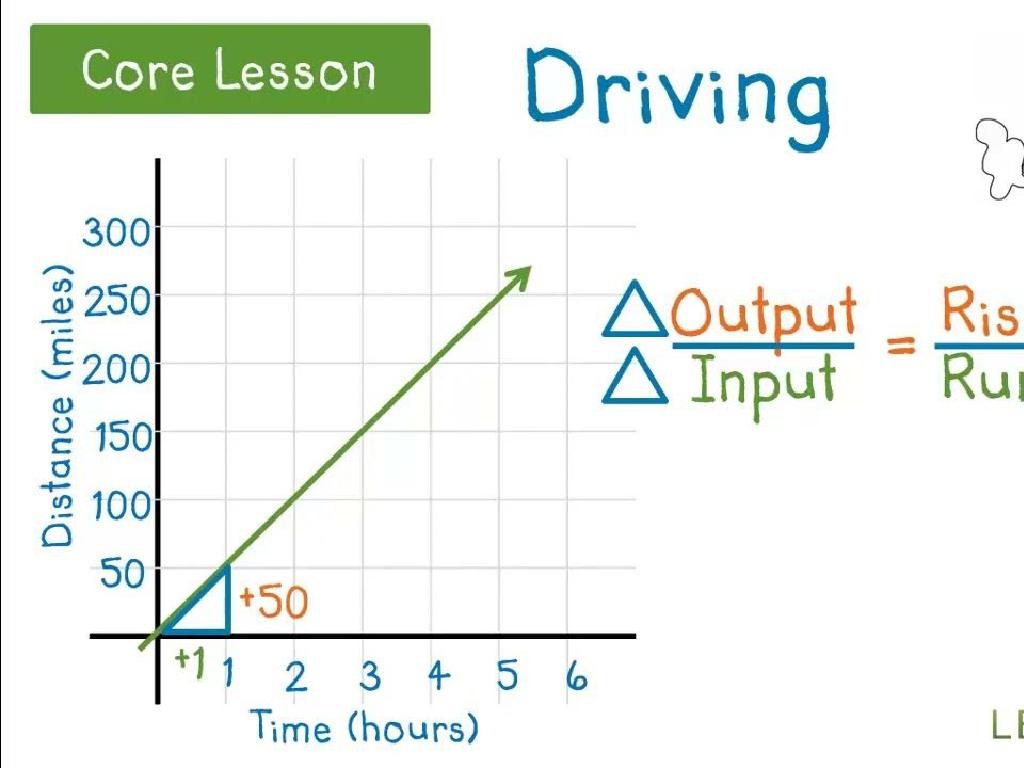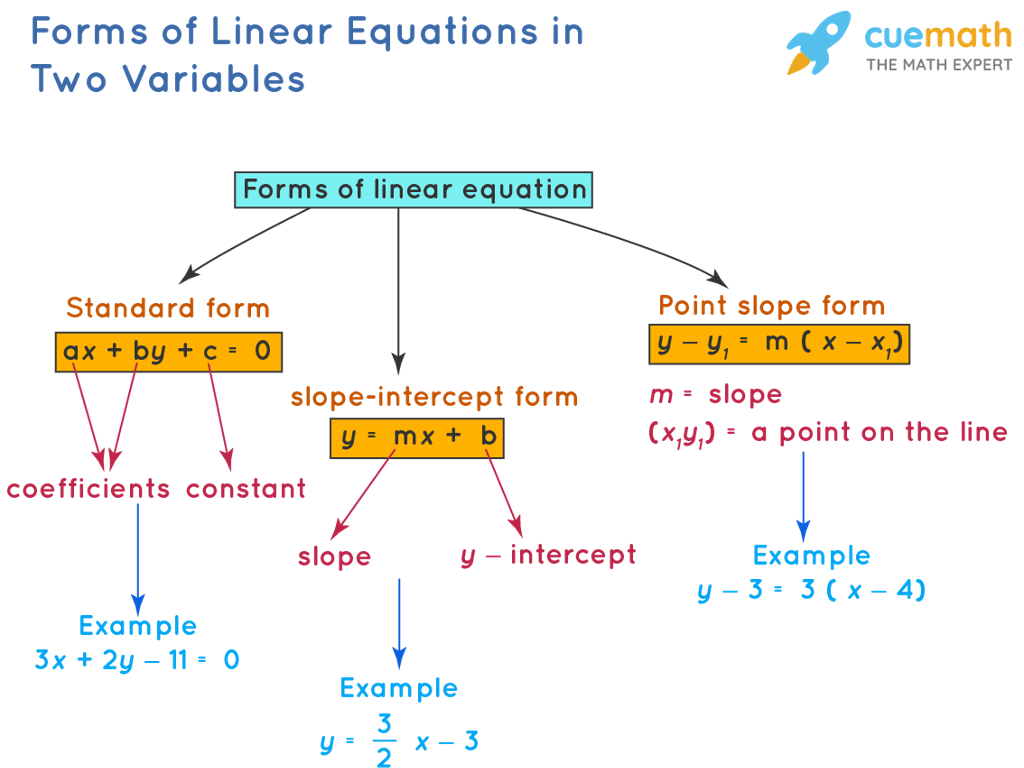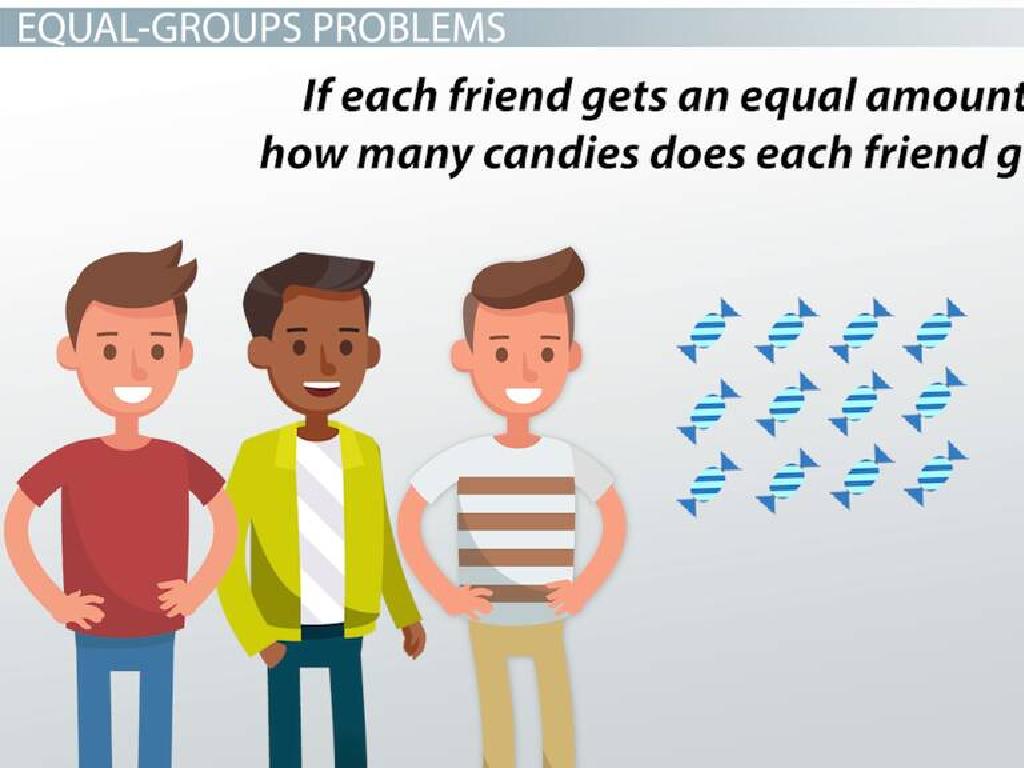Identify Adjectives
Subject: Language arts
Grade: Fifth grade
Topic: Adjectives And Adverbs
Please LOG IN to download the presentation. Access is available to registered users only.
View More Content
Welcome to Adjectives!
– Understanding adjectives
– Adjectives are words that describe nouns or pronouns
– The role of adjectives in sentences
– They add detail and make sentences more interesting
– Today’s objective: Identifying adjectives
– We’ll practice finding adjectives in sentences
|
This slide introduces the concept of adjectives to the students. Begin by explaining that adjectives are descriptive words that modify nouns or pronouns, giving more information about an object’s size, shape, age, color, origin, or material. Emphasize how adjectives enhance our language by making our sentences more vivid and precise. For today’s lesson, the goal is for students to learn how to spot these descriptive words within a sentence. Engage the class with examples and encourage them to think of adjectives that they already use in their daily conversations. This will set the foundation for more interactive activities where they will practice identifying adjectives in various contexts.
Exploring Adjectives
– Adjectives describe nouns
– Words that give more information about a noun
– Tell us what kind, how many, or which one
– ‘Blue’ describes the color of the sky, ‘five’ tells the quantity of cookies, ‘that’ specifies which dog
– Examples: ‘blue’ sky, ‘five’ cookies, ‘that’ dog
|
This slide introduces the concept of adjectives to the students. Adjectives are words that modify or describe nouns, giving us more information about the noun’s appearance, quantity, or identity. Examples help to solidify the understanding of adjectives in context. ‘Blue’ gives us information about the color of the sky, ‘five’ indicates the number of cookies, and ‘that’ points out a specific dog among others. Encourage students to think of more examples and use adjectives in their sentences to describe various nouns around them. This will help them to grasp how adjectives enhance our language and make our descriptions more vivid and precise.
Finding Adjectives in a Sentence
– Read sentences attentively
– Search for descriptive words
– Words that give more information about nouns
– Practice with an example
– ‘The fluffy cat sat on the shiny floor.’
– Identify the adjectives
– ‘fluffy’ describes cat, ‘shiny’ describes floor
|
This slide is aimed at helping students understand how to identify adjectives within a sentence. Start by reading the sentence thoroughly. Explain that adjectives are words that describe or modify nouns, giving us more details about the object, person, place, or idea. Use the example sentence to illustrate this point. ‘Fluffy’ and ‘shiny’ are adjectives because they provide more information about the cat and the floor, respectively. Encourage students to practice by finding adjectives in sentences from their favorite books or in sentences they create themselves. This activity will enhance their understanding of adjectives and improve their descriptive writing skills.
Adjectives Can Compare
– Adjectives describe and compare
– Comparative adjectives for two
– Use when comparing two things, e.g., ‘My cat is fluffier than yours.’
– Superlative adjectives for many
– Use with three or more things, e.g., ‘She is the tallest in class.’
– Examples: ‘bigger’, ‘biggest’
– ‘Faster’ compares two, ‘fastest’ compares three or more
|
This slide introduces the concept of comparative and superlative adjectives. Explain that adjectives are words that describe nouns and can be used to compare them. Comparative adjectives are used when speaking about two things, while superlative adjectives are used when comparing three or more things. Provide examples of each and ensure to highlight the spelling changes that often occur when forming these adjectives, such as adding ‘-er’ for comparatives and ‘-est’ for superlatives. Encourage students to think of their own examples and to understand the importance of using the correct form based on the number of items being compared.
Let’s Practice Together: Spot the Adjectives!
– Find adjectives in a sentence
– ‘The tall tree swayed…’
– ‘tall’ describes the tree, ‘gentle’ describes the breeze
– ‘She wore a beautiful dress…’
– ‘beautiful’ describes the dress
|
This slide is an interactive class activity designed to help students identify adjectives within the context of a sentence. Adjectives are words that describe nouns, giving us more information about an object’s size, shape, age, color, origin, or material. Start by explaining the concept of adjectives, then present the sentences one by one. Ask the students to find and underline the adjectives in each sentence. ‘Tall’ and ‘gentle’ are the adjectives in the first sentence, describing the tree and the breeze, respectively. In the second sentence, ‘beautiful’ is the adjective that describes the dress. Encourage the students to explain why they think these are adjectives and how they enhance the sentences. This activity will help reinforce their understanding of adjectives and improve their descriptive writing skills.
Your Turn to Find Adjectives
– Partner up for adjective hunt
– Choose sentences from a favorite book
– Circle all the adjectives discovered
– Adjectives describe nouns, like ‘blue sky’ or ‘loud music’
– Share your findings with the class
|
This activity is designed to reinforce the students’ understanding of adjectives through practical application. Have the students pair up to encourage collaboration. They should select sentences from books they enjoy and identify adjectives within those sentences. Remind them that adjectives are words that describe nouns or pronouns. They can describe qualities, quantities, or states of being. After circling the adjectives, each pair will share their sentences and the adjectives they found with the class. This will not only help them learn from each other but also appreciate the use of descriptive language in literature. Provide guidance on how to identify adjectives and encourage discussion on why authors choose specific adjectives for their stories.
Class Activity: Adjective Hunt
– Explore the classroom on an Adjective Hunt
– Find objects and describe them with adjectives
– Look for size, color, shape, and more
– Write down your descriptive adjectives
– Use a notepad to record your adjectives
– Share your findings with the class
– Discuss why you chose those adjectives
|
This activity is designed to engage students in a practical exercise to identify adjectives by exploring their surroundings. Encourage them to touch, feel, and observe classroom objects to come up with descriptive words. They should consider attributes like size, color, texture, and shape. Provide them with notepads or sticky notes to jot down their adjectives. After the hunt, facilitate a discussion where each student shares their adjectives and explains their choices. This will help them understand the use of adjectives in a fun and interactive way. Possible variations of the activity could include working in pairs, setting a time limit, or categorizing the adjectives found.
Wrapping Up: Adjectives
– Excellent work on adjectives!
– Recall: Adjectives enhance nouns
– They add color and detail to our sentences
– Homework: Craft 10 descriptive sentences
– Be creative and think about what qualities the nouns have
– Use at least one adjective per sentence
– Examples: ‘The fluffy cat’ or ‘A loud thunder’
|
Today’s lesson focused on identifying adjectives, which are words that describe or modify nouns. They are crucial for adding detail and depth to writing, making it more vivid and engaging. For homework, students are tasked with writing ten original sentences, each containing at least one adjective. This will reinforce their understanding of how adjectives function within a sentence structure. Encourage creativity and the use of a diverse range of adjectives. In the next class, we can review some of the sentences to discuss the effectiveness of the adjective choices and how they change the image or concept being conveyed.






